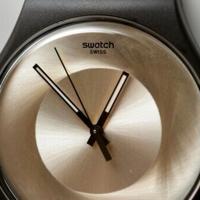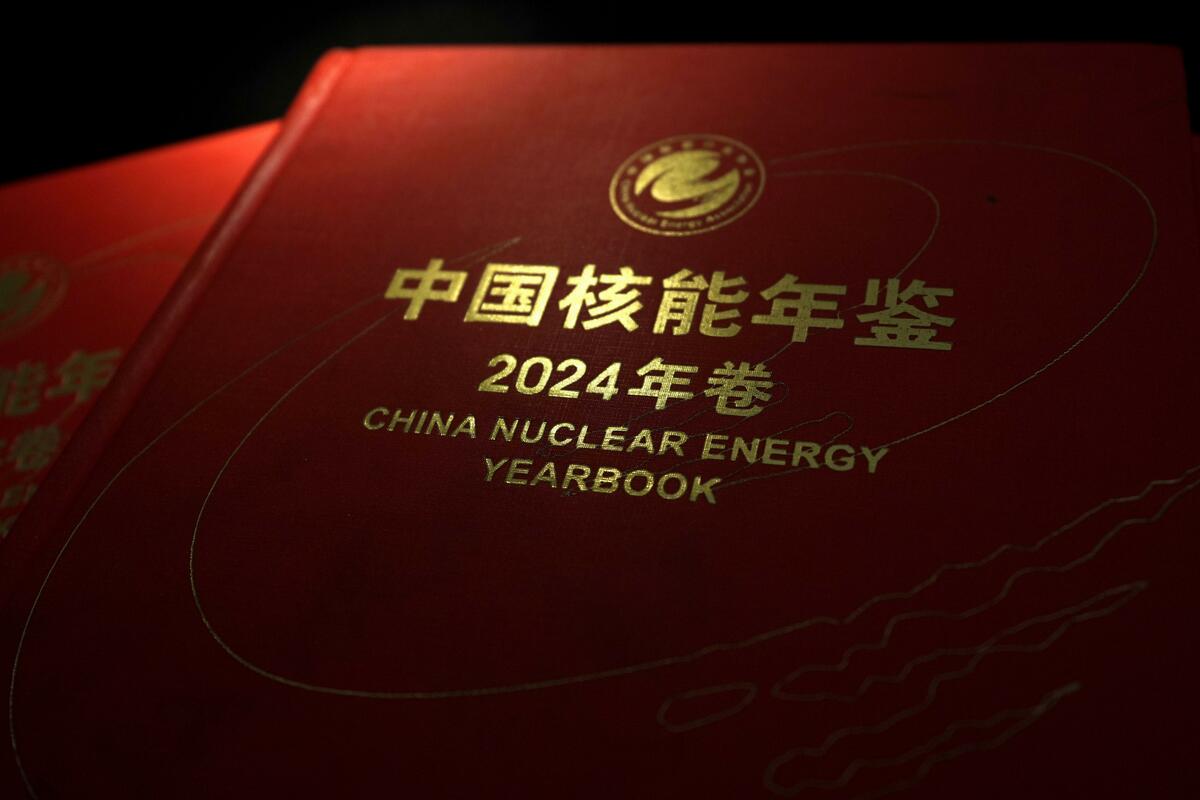Alliance is about as geographically distant from the bright lights as any town in America. The nearest town of 25,000 people is 150 miles away. Residents tend to look at isolation as a virtue, not a weakness. But as Walz found community in the Panhandle, he kept one eye on the horizon, inspiring his friends and students with a sense of curiosity.
The best example is the eclectic 1994 group that followed Walz on a wildly audacious — borderline crazy — educational excursion to communist China. There were dancers and ranchers, professors and basketball players, even a radio reporter.
“It was just absolutely an incredible experience,” said Mike Glesinger, who worked at KCOW.
“In two weeks, we experienced more than we’d ever experienced in our entire lifetime until then,” said Sara (Lybarger) Lohmeyer, the dance instructor’s daughter. “It was pretty overwhelming.”
They remember late-night runs to McDonald’s for Big Macs. They remember bats swooping in the hotel indoor pool. “Pterodactyls,” they joke.
They remember teaching Chinese teenagers “American Pie.” They remember soldiers toting rifles. They remember smelly basketball jerseys hanging over hotel balconies, outdoor meat markets and lush green countryside, bamboo roller coasters and little kids sweeping highways by hand.
And, of course, they remember the man orchestrating amid the chaos. How’s this for symmetry: Tim Walz took a group of kids from Alliance, Nebraska, halfway around the world. A generation passes and one day those same people — now all grown up — see their old teacher on national TV trying to help lead the world.
“Who would’ve thought that Tim Walz would go this far?” said Lohmeyer, now 46. “That you’d be able to say, ‘hey, that was my high school teacher!’”
Walz’s sudden emergence on the national stage has invited intense scrutiny. Republicans have targeted his student trips. In August, U.S. Rep. James Comer, chair of the House Oversight and Accountability Committee, said Walz’s “longstanding and cozy relationship with China” should be a concern for Americans.
At Tuesday’s vice presidential debate, Walz fumbled a question addressing his previous false claims that he was in Hong Kong during the 1989 Tiananmen Square massacre. Walz’s answer, Democratic strategist David Axelrod said on CNN, “would have been best delivered in Chinese for as understandable as it wasn’t.”
The attention will only intensify as Election Day approaches. But for those who followed Walz halfway across the world in 1994, their adventure is more than a political issue. This summer, they dusted off the scrapbooks and rekindled their amazement.
“When you look back at it,” Hiemstra said, “how did we get them all there and get ‘em all home?”
****
Toward the back of Alliance High School, up the stairs, past the multi-purpose room, down a dark hallway, Mr. Walz’s geography classroom felt like the edge of the world. Until students opened the door. Then the room buzzed with energy. Especially on Fridays when, in order to review the week’s material, freshmen competed in Jeopardy.
Just one problem: Gwen Whipple’s upperclassmen, preparing for the ACT, shared the same room. The only thing separating the classes was a thin partition, not exactly sound-proof.
“Man, she was pissed,” Sara Lohmeyer said. “We were so loud.”
Miss Whipple always forgave him. She adored Mr. Walz. So did much of Alliance.
They knew him as the teacher who loaned his Mazda to a senior for homecoming. As the assistant coach entrusted with sideline pep talks after a player made a mistake. As the Husker football fanatic whose coaching buddies celebrated blowout wins.
“After a Husker game, we’d be so damn excited,” coaching colleague Rocky Almond said, “we’d clear everything out and put a couch across and use it as the end zone.”
They took turns running and jumping over the top as buddies waited like linebackers to knock them backward. “We all thought we were Cory Schlesinger.”


